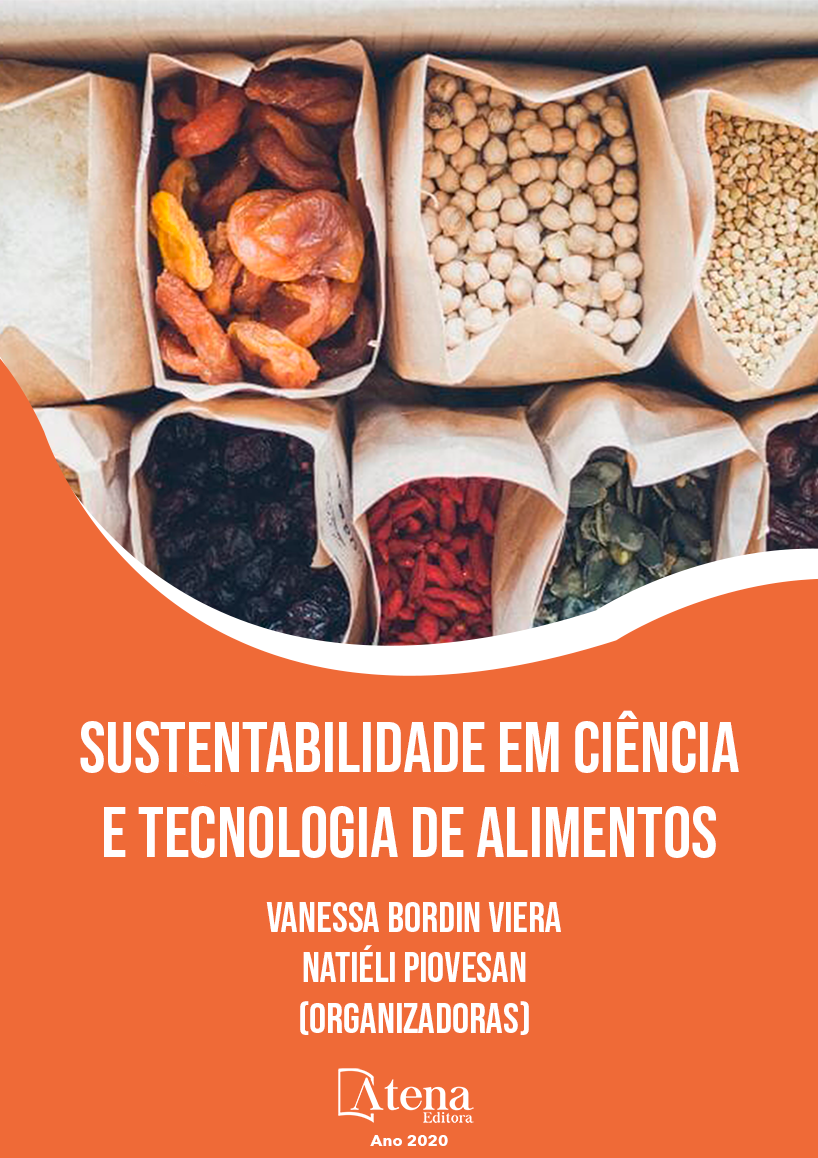
EFEITO DA COADMINISTRAÇÃO DE TAMOXIFENO E QUERCETINA SOBRE A LIPOPEROXIDAÇÃO EM FIGADOS DE RATOS DA LINHAGEM WISTAR: ESTUDOS IN VIVO E IN VITRO
O câncer de mama é o segundo tipo de câncer mais comum no mundo. Entre os fatores de risco no desenvolvimento da doença, está o uso de estrogênios, utilizados principalmente por mulheres com o intuito de amenizar os sintomas provenientes da menopausa. Em virtude deste risco, surgiram os tratamentos com moduladores seletivos de receptores de estrogênio (SERM), utilizados também para prevenção do câncer de mama. O SERM de maior destaque é o tamoxifeno, que apesar da eficácia terapêutica comprovada, possui metabólitos ativos que podem ocasionar diversos efeitos indesejáveis ao organismo. O objetivo do trabalho foi avaliar o estresse oxidativo em nível hepático através da determinação da lipoperoxidação e dosagem de grupamentos tióis totais após a administração de tamoxifeno in vivo e in vitro. Além disso, foi testado o potencial antioxidante do flavonoide quercetina quando coadministrada com o tamoxifeno no modelo in vivo. Os resultados confirmaram o aumento da lipoperoxidação após a administração de tamoxifeno in vivo, porém o mesmo não ocorreu no sistema in vitro. A quercetina de fato atua como antioxidante, diminuindo a lipoperoxidação em condições fisiológicas normais, entretanto, ela não conseguiu prevenir o estresse oxidativo induzido pelo tamoxifeno, atuando neste caso, como pró-oxidante.
EFEITO DA COADMINISTRAÇÃO DE TAMOXIFENO E QUERCETINA SOBRE A LIPOPEROXIDAÇÃO EM FIGADOS DE RATOS DA LINHAGEM WISTAR: ESTUDOS IN VIVO E IN VITRO
-
DOI: 10.22533/at.ed.8412003069
-
Palavras-chave: Estresse oxidativo, Flavonóides, SERM
-
Keywords: Flavonoids, Oxidative stress, SERM
-
Abstract:
The breast cancer is the second most common cancer in the world. Among the risk factors in the development of the disease, is the use of estrogens, mainly used by women in order to alleviate the symptoms from menopause. Because of this risk, there were treatments using selective modulators of estrogen receptors (SERM) used to prevent breast cancer. The highlight of SERM is tamoxifen, which despite the proven therapeutic efficacy, its active metabolites can cause many side effects to the body. The objective of this study was to evaluate oxidative stress in hepatic level by determining the lipid peroxidation and dosage of total thiol groups after administration of tamoxifen in vivo and in vitro. In addition, it tested the antioxidant potential of the flavonoid quercetin when coadministered with tamoxifen in vivo model. The results confirmed the increase in lipid peroxidation after administration of tamoxifen in vivo, but did not occur in vitro system. Quercetin actually acts as an antioxidant, reducing lipid peroxidation in normal physiological conditions, however, it failed to prevent oxidative stress induced by tamoxifen, acting in this case as a pro-oxidant.
-
Número de páginas: 15
- Elouisa Bringhentti
- Fernanda Coleraus Silva
- Isabella Calvo Bramatti
- Ana Maria Itinose
- Carla Brugin Marek


